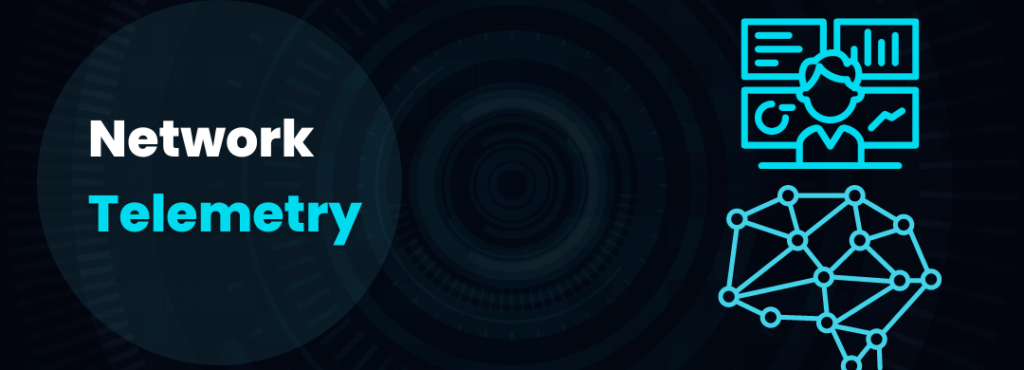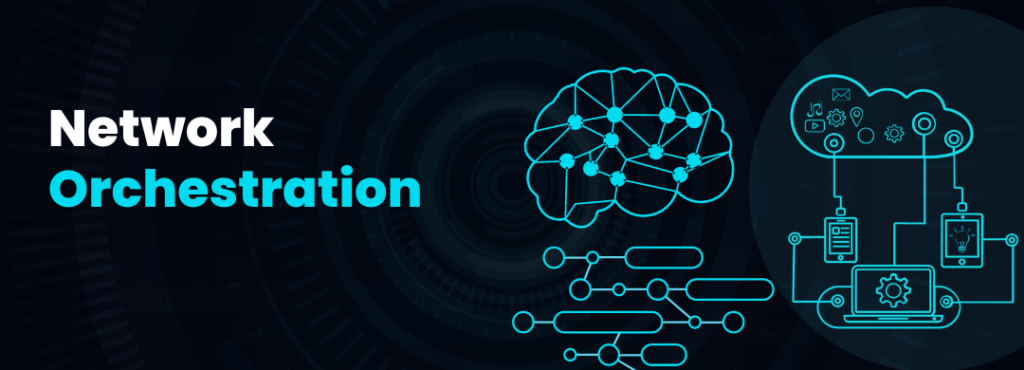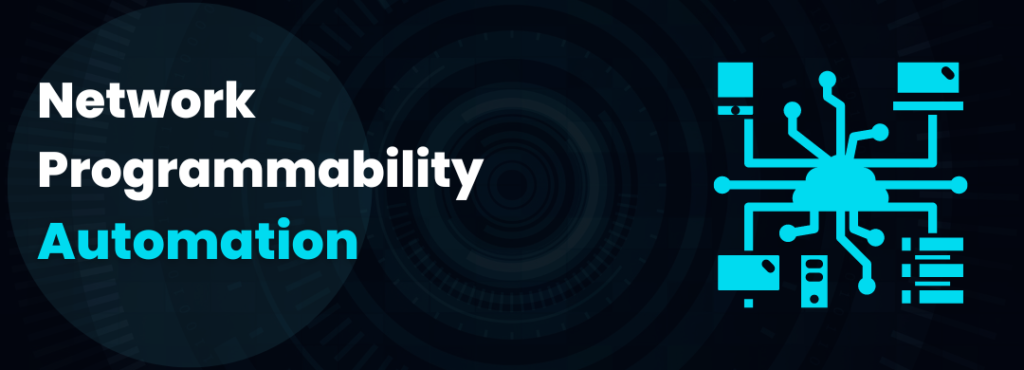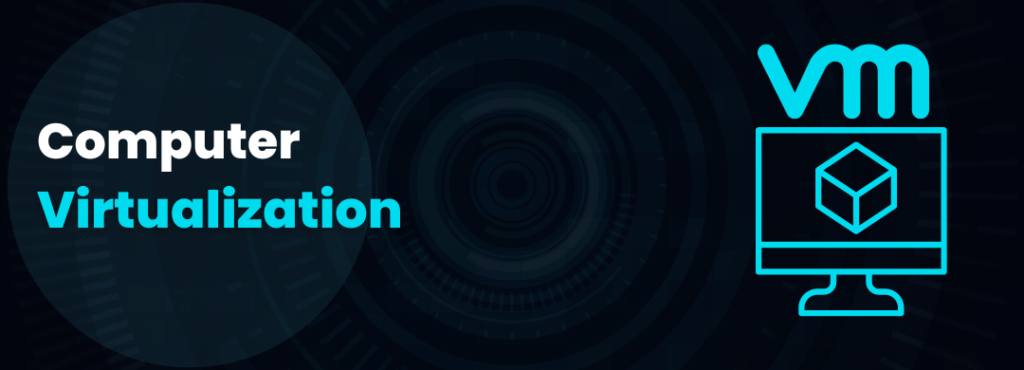
NETCONF: Revolutionizing Network Configuration and Automation
Introduction
In the ever-evolving landscape of network management, finding efficient ways to configure and manage network devices is crucial. One such protocol that has gained significant popularity is NETCONF (Network Configuration Protocol). In this blog post, we will delve into the world of NETCONF, exploring its features, benefits, and how it simplifies network configuration and management.
What is NETCONF?
NETCONF is a standardized network management protocol defined by the Internet Engineering Task Force (IETF). It is designed to provide a programmatic interface for configuring and managing network devices such as routers, switches, and firewalls. It operates over secure transport protocols, such as SSH, ensuring a secure and reliable connection between the network management system and the devices.

Key Features and Benefits:
- Structured Data Model: One of the core features of NETCONF is its use of YANG (Yet Another Next Generation) data modeling language. YANG provides a standardized way to define the data model for network configuration and management. This structured approach simplifies the representation and understanding of device capabilities, making it easier to configure and manage devices across different vendors and platforms.
- Transactional Operations: Allows for transactional operations, meaning that multiple configuration changes can be bundled together as a single atomic transaction. This ensures consistency and eliminates configuration inconsistencies that may occur when individual changes are made. If any part of the transaction fails, the entire transaction can be rolled back, keeping the network in a consistent state.
- Remote Device Configuration: With NETCONF, network administrators can remotely configure devices without direct physical access. This eliminates the need for manual configurations on each device, saving time and reducing the risk of errors. It also allows for centralized management, making it easier to deploy consistent configurations across the network.
- Configuration Validation and Verification: NETCONF includes built-in mechanisms for validating and verifying configuration changes before they are applied to the network devices. This helps prevent misconfigurations and reduces the likelihood of network disruptions or security vulnerabilities caused by faulty configurations.
- Event Notifications: NETCONF supports event notifications, enabling devices to send notifications to the management system when certain events occur. This allows for proactive monitoring and real-time updates on network conditions, performance, and status changes.
NETCONF Uses Cases
NETCONF offers a range of powerful use cases for network management, enabling network automation, centralized control, and efficient configuration of network devices. Here are some common use cases for NETCONF in network management:
- Network Configuration Automation: It enables network administrators to automate the configuration of network devices. They can define configuration templates or scripts using NETCONF operations and YANG data models, allowing for efficient and consistent deployment of configurations across multiple devices. This use case is particularly valuable in large-scale network deployments or when frequent configuration changes are required.
- Centralized Network Management: Facilitates centralized network management by providing a programmatic interface to configure and monitor devices remotely. Network administrators can use NETCONF to access and manage devices from a central management system, eliminating the need for manual configurations on individual devices. This use case simplifies network operations, improves efficiency, and enhances overall network control.
- Network Monitoring and Telemetry: It allows administrators to retrieve real-time monitoring data from network devices. By utilizing NETCONF operations such as “get” or “subscribe” along with YANG data models, administrators can gather information on device status, performance metrics, and network statistics. This use case enables proactive monitoring, rapid troubleshooting, and performance optimization.
- Zero-Touch Provisioning: NETCONF supports zero-touch provisioning, where devices can be automatically configured and deployed without manual intervention. Network administrators can define initial configurations and use NETCONF to push those configurations to devices during the bootstrapping process. This use case streamlines device onboarding, reduces errors, and speeds up the deployment of new devices in the network.
- Network Auditing and Compliance: NETCONF allows for consistent and auditable network configurations. Administrators can retrieve the current configuration of devices using NETCONF and compare them against predefined standards or policies. This use case enables network auditing, compliance checks, and ensures adherence to regulatory requirements or internal security policies.
- Network Service Orchestration: NETCONF plays a vital role in network service orchestration, especially in Software-Defined Networking (SDN) environments. By leveraging NETCONF’s capabilities, administrators can programmatically define and deploy network services such as virtual networks, VPNs, or QoS policies. This use case enables automated service provisioning, dynamic network reconfiguration, and efficient resource allocation.
- Network Firmware and Software Updates: NETCONF can be utilized to manage firmware and software updates across network devices. Administrators can use NETCONF to schedule and initiate firmware or software updates on multiple devices simultaneously. This use case simplifies the update process, ensures consistency across the network, and helps maintain device security and stability.
Conclusion
NETCONF has emerged as a powerful protocol for network configuration and management. Its structured data model, transactional operations, remote device configuration capabilities, and built-in validation mechanisms make it a valuable tool for simplifying network operations and ensuring configuration consistency.
By leveraging the capabilities of NETCONF, network administrators can automate configuration tasks, reduce human errors, and streamline network management processes. As networks continue to grow in complexity, embracing protocols like NETCONF becomes crucial for efficient and scalable network operations.




